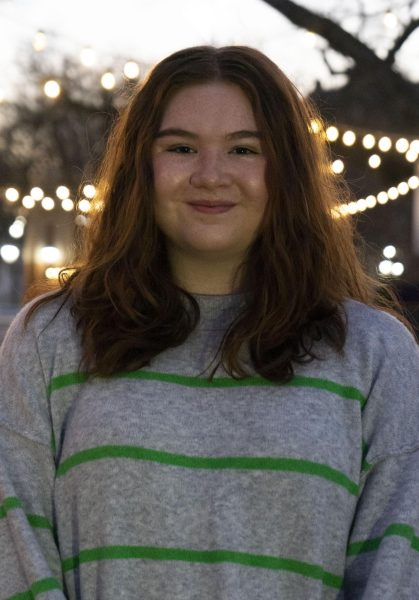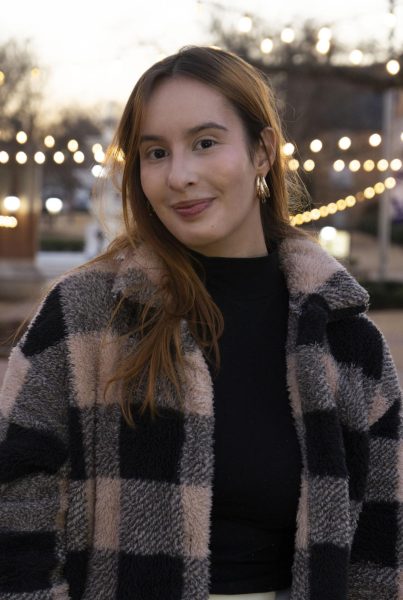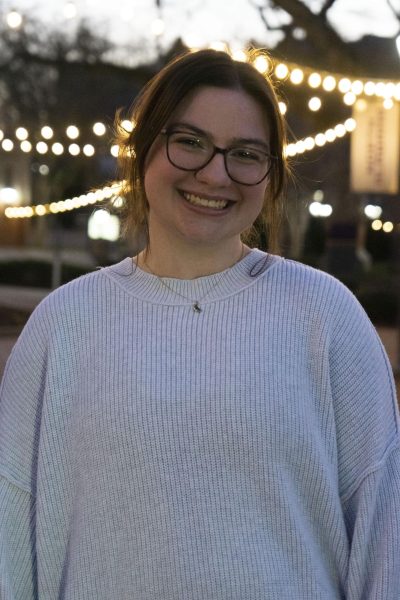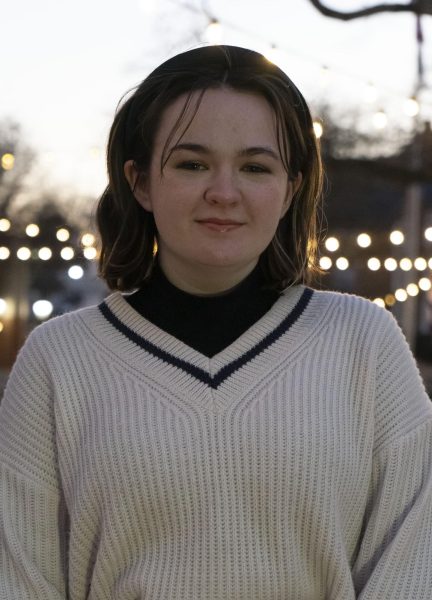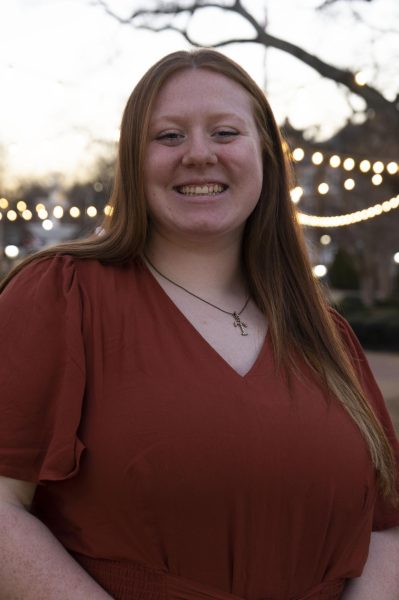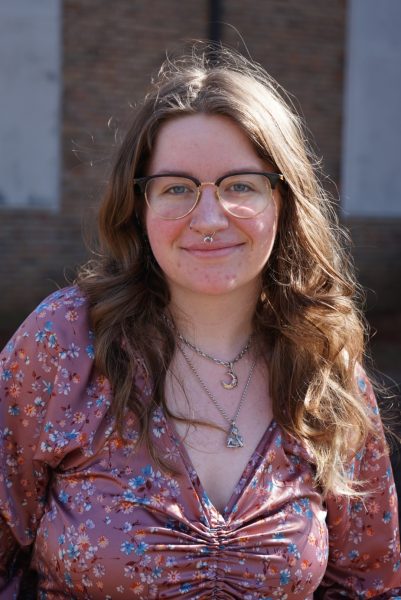To achieve ‘the dream’ look back at history
September 5, 2013
I grew up in Clanton, Ala., about 45 minutes south of Birmingham and an hour and twenty minutes northeast of Selma, two locations of major events of the Civil Rights movement.
On August 28, I had the oppurtunity to cover a group of UNA students who were marching from the parking lot in front of Rivers Hall to the amphitheater.
The march was in celebration of the 50th anniversary of the March on Washington and Martin Luther King Jr.’s “I Have a Dream” speech. Black and white students and faculty were involved in the march.
In my three-year of covering sports, I have had the opportunity to interview several professional athletes and coaches that I grew watching on TV. Needless to say, I have been blessed as a journalist in my short three year career, but I have never felt so honored to cover an event.
It was inspiring to see the passion that some of the students had as they took the short march. Some were laughing and joyful while others were just taking in the emotions of the event.
It made me think of what it would like to be in Washington, D.C. on that historic day as speaker after speaker stood in front of that crowd in front of the Lincoln Memorial.
It made me wonder which side of the movement I would have been on. It is easy for me to now say that I would stand up boldly with those who marched, those who took beatings along side those black people who marched and be on the right side of the Civil Rights Movement.
But the sad truth is that I am a white guy who grew up in the South and that there is a possibility I would not be on the right side of the movement.
I do believe, though, despite me growing up in the South, I would have been marching with those who walked from Selma to Montgomery and been a part of the Freedom Riders that went through the closest thing to Hell on Earth as they attempted to desegregate the bus system.
It is wonderful to apply what Dr. Larry Nelson taught in his U.S. History classes. He teaches his classes that “good history is intellectual history.” He would go on to explain that the history we were learning about was about “real human beings and not cardboard cutouts or stick figures.”
So I challenge you to apply “intellectual history” in your own life.
As a white person in the South, would you walk with the marchers and stand against the grain of what everyone around you was teaching and pressuring you to believe? Or would you fall into the norm and hate those who were different than you?
As a minority, would you take the peaceful path to freedom that was embraced by King Jr or would you be a part of the violent Civil Rights movement that were gaining ground during the period King gave his “I Have a Dream Speech”?
It is so exciting to think of how far our generation has brought the Civil Rights movement I believe that many people in our generation, whether they are black or white, Asian or Hispanic, would be on the right and the peaceful side of the Civil Rights movement.
We are closer today than we were fifty years ago, but there is still work to be done as racial injustice still occurs and people of all races, nationalities, religious persuasions are treated differently because of these factors.
I cannot wait for the day when everyone stands together as one creation working together for the common good.
So I want to end this editorial the same way King ended his “I Have a Dream”:
“And when this happens, when we allow freedom to ring, when we let it ring from every village and every hamlet, from every state and every city, we will be able to speed up that day when all of God’s children, black men and white men, Jews and Gentiles, Protestants and Catholics, will be able to join hands and sing in the words of the old Negro spiritual, ‘Free at last! free at last! thank God Almighty, we are free at last!’”


